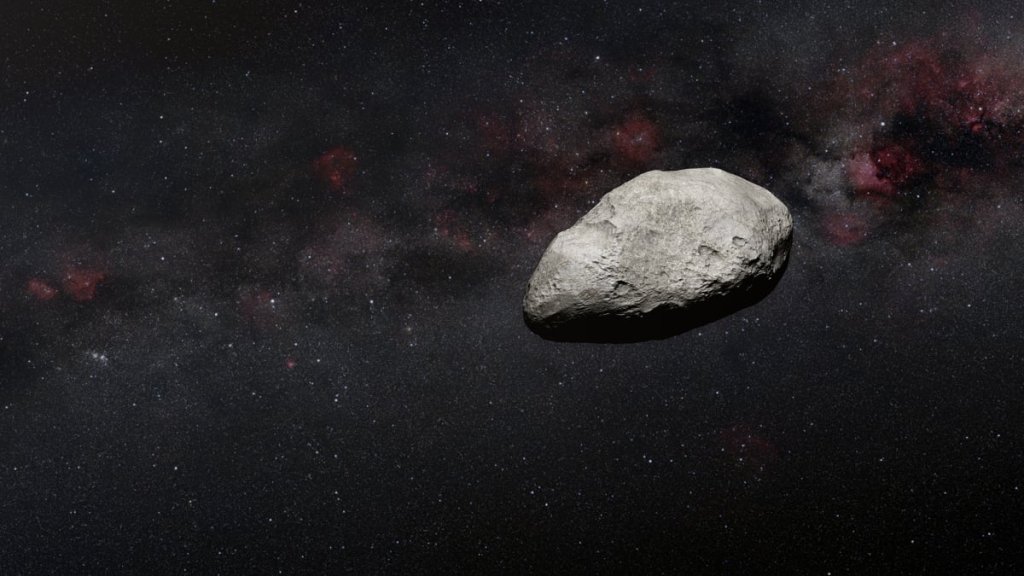Sometimes, mistakes in telescope observations can lead to accidental discoveries.
That’s what happened recently when scientists tried to use the new James Webb Space Telescope — an observatory run by NASA, the European Space Agency, and the Canadian Space Agency — to look at a known space rock in the main asteroid belt. Instead, they found a new asteroid, thought to be the smallest object Webb has detected so far.
“Our results show that even ‘failed’ Webb observations can be scientifically useful, if you have the right mindset and a little bit of luck,” said Thomas Müller, an astronomer at the Max Planck Institute for Extraterrestrial Physics in Germany, in a statement(Opens in a new tab).
The finding demonstrates the telescope’s exceptional sensitivity at seeing the cosmos at infrared wavelengths. The researchers were able to spot the tiny 300 to 650-foot photobomber — about the size of a flying football field — from more than 72 million miles away. If the asteroid is confirmed, it could mean the telescope’s Mid-Infrared Instrument will be a handy tool for astronomers to hunt for other small asteroids in the future, something it wasn’t specifically designed to do.
Tweet may have been deleted
(opens in a new tab)
(Opens in a new tab)
The results were published(Opens in a new tab) in the journal Astronomy and Astrophysics this week, and they will likely lead to future dedicated studies using the telescope to observe asteroids less than a half-mile wide.
But when NASA helped break the news of the discovery Monday, some people were confused and disappointed that the agency didn’t showcase a photo of the asteroid itself, rather than an illustration.
Want more science and tech news delivered straight to your inbox? Sign up for Mashable’s Top Stories newsletter today.
Tweet may have been deleted
(opens in a new tab)
(Opens in a new tab)
“This was a lucky, unexpected detection of a very tiny, faint dot of light from images originally designed for a different purpose,” NASA said(Opens in a new tab) on Twitter. “It was difficult to make that dot clearly visible against the extreme background noise of the imagery.”
Millions of space rocks orbit the sun. The majority are in the main asteroid belt, a doughnut-shaped region between Mars and Jupiter. So-called “small asteroids,” though, on par with this one, haven’t been studied as much simply because they’re harder to detect.

Credit: NASA / McREL
The main belt(Opens in a new tab) sits roughly on the same imaginary plane as Earth’s orbit around the sun. The team’s measurements were some of the first used on the telescope targeting this shared plane(Opens in a new tab). Scientists speculate that even short Webb observations close to this plane will always include a few asteroids, most of which will be previously unknown objects.
Astronomers want to study asteroids of all sizes to better understand how the solar system formed 4.6 billion years ago. Many scientists focus their research on developing computer models to simulate how this space neighborhood came to be. More data from newly-discovered asteroids could improve their models and help discern how the solar system evolved over time.
“Repeats of these observations are in the process of being scheduled,” said Bryan Holler, a Webb scientist at the Space Telescope Science Institute in Baltimore, in a statement(Opens in a new tab). “We are fully expecting new asteroid interlopers in those images.”

